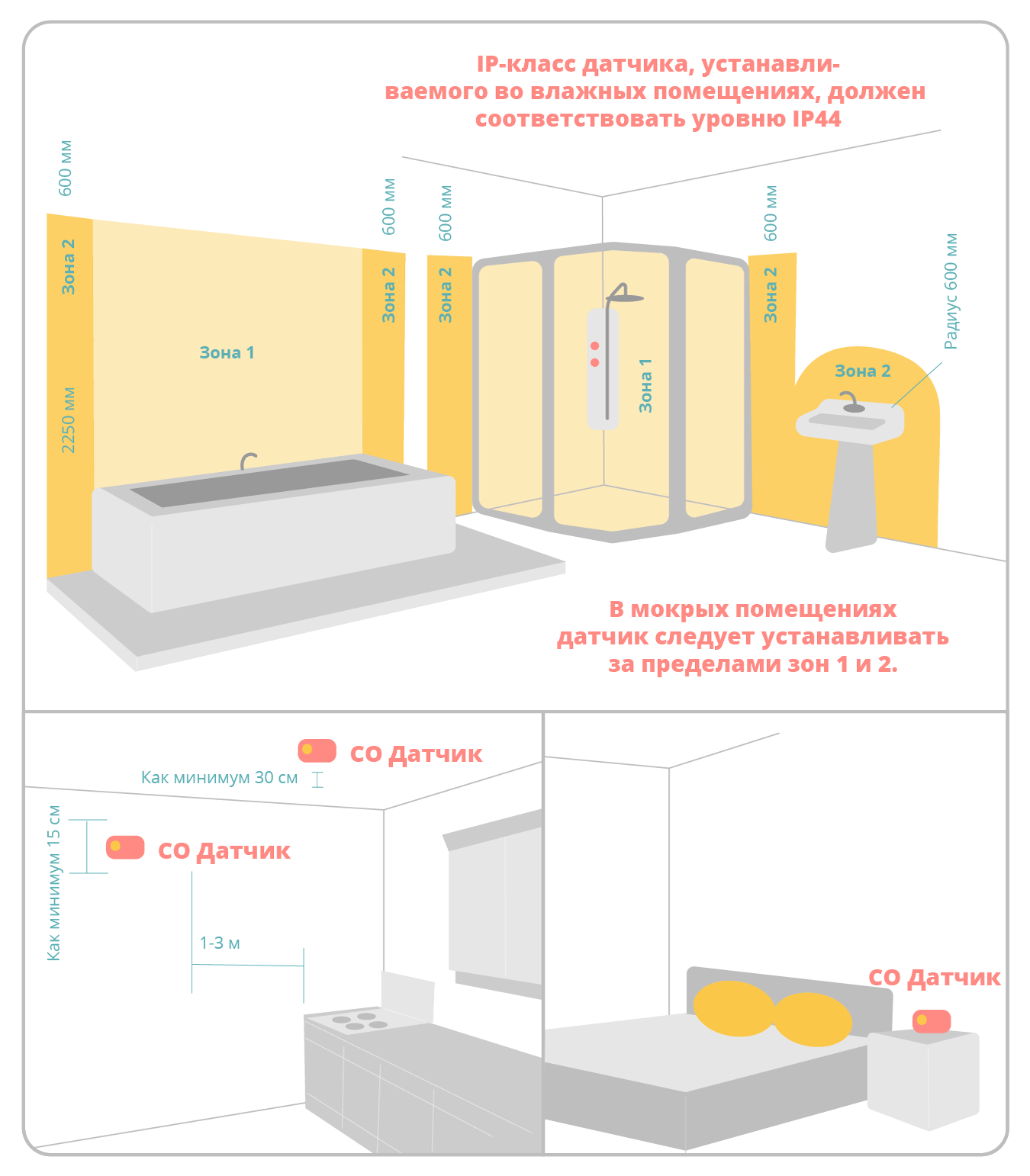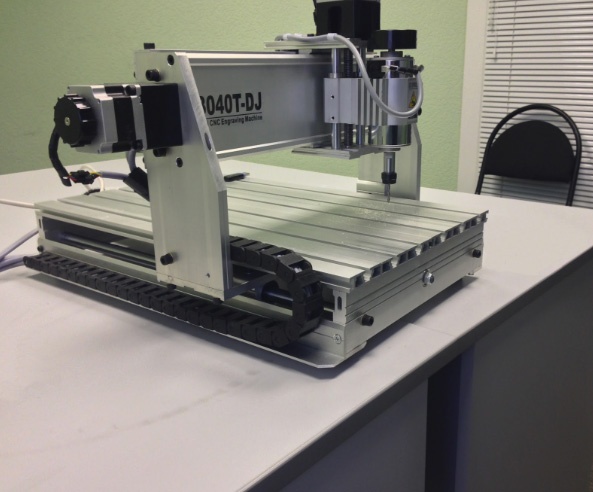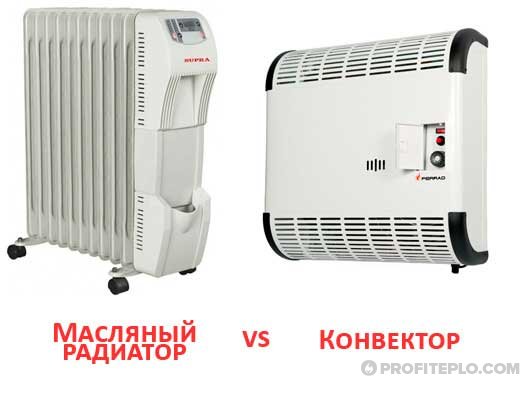
Carbon monoxide detector - where to install?
Content
- Where to install a carbon monoxide detector for it to work effectively?
- Installing a carbon monoxide detector with one potential source of carbon monoxide
- Installing a carbon monoxide detector when there are more potential sources of carbon monoxide
- Carbon monoxide detector installation and alarm volume
Chad, or more specifically carbon monoxide (CO), is a colorless, odorless gas that is deadly to humans. Its concentration in the air at 1,28% is enough to kill in just 3 minutes, which is why it is so important to have a gas analyzer. Where to install a carbon monoxide detector to be safe? We advise!
Where to install a carbon monoxide detector for it to work effectively?
The key to finding the right place for a carbon monoxide detector is to determine how many potential carbon monoxide sources are in the apartment. Carbon monoxide is produced by the incomplete combustion of fuels such as liquefied petroleum gas (propane-butane), gasoline, wood or coal. Thus, it can be emitted by, among others, gas boilers, fireplaces, coal-fired stoves, and gas-powered vehicles, and can reach occupants from the kitchen, bathroom, garage, or basement.
Installing a carbon monoxide detector with one potential source of carbon monoxide
If gas is only used to operate a gas stove, for example, the situation is quite simple. just hang sensor in a room with a potential source of carbon monoxide, no closer than 150 cm, at eye level, but no more than 30 cm from the ceiling. In turn, the maximum distance is about 5-6 meters, although some manufacturers may indicate specific values depending on the sensitivity of the sensors. However, if they are not listed, the 5-6 meters mentioned would be the safe distance.
One of the most common mistakes when choosing a place to hang a gas sensor is ignoring the previously indicated optimal distance of the device from the ceiling. Leaving about 30 cm of free space is important, not because of easier access to the sensor, but because of the so-called dead zone. This is a place where air circulation is much lower than in the rest of the room, which makes it difficult to detect gas - it can get there too late or in small quantities.
It should also be taken into account that the detector should be located as far as possible from windows, fans, doors, cornices and ventilation grilles. They can disrupt the detection level of the gas, allowing it to pass. It should also be placed in a place, at least a little shaded, because the constant exposure of the metal detector to hot sunlight can lead to failure of its electronics. Additionally, all possible indications of the manufacturer of this model should be checked.
Installing a carbon monoxide detector when there are more potential sources of carbon monoxide
If there are several potential sources of carbon monoxide leakage, the distance between each of them must be determined. When this exceeds 10 meters, more detectors will need to be installed. This is not a very big financial burden, because the cheapest models can be bought for just a few dozen zlotys.
For example, if there is a coal and gas stove in a two-story house with a basement, at least two sources of carbon monoxide emission are possible. The oven is usually located underground, the oven can be on the first or second floor - and in both cases the distance between the two appliances will necessarily be more than 10 meters. Then the simplest and most importantly safe solution would be to install two separate carbon monoxide sensors.
Carbon monoxide detector installation and alarm volume
There is a third problem: the volume level of the device. Carbon monoxide detectors beep when a threat is detected. Manufacturers indicate how loud it will be at a certain distance - a meter, two, sometimes three. If you live in a studio apartment, even the quietest device available is sure to alert you to a problem. However, residents of very large apartments and high-rise buildings should decide to purchase the loudest possible alarm system in order to hear the alarm from any part of the house closest to the sensor. A good result is a level of 85 dB. achieved at a distance of 3 meters from the equipment.
It is also worth remembering that carbon monoxide detectors can be either wired or battery powered. Therefore, in the first case, it will be necessary to additionally pay attention to whether there is access to an electrical outlet in the optimal installation location of the detector.
And if you are just about to buy a detector, also check out the buying guide "Carbon monoxide detector - what you need to know before buying?". After reading it, you can choose the right model.
:

